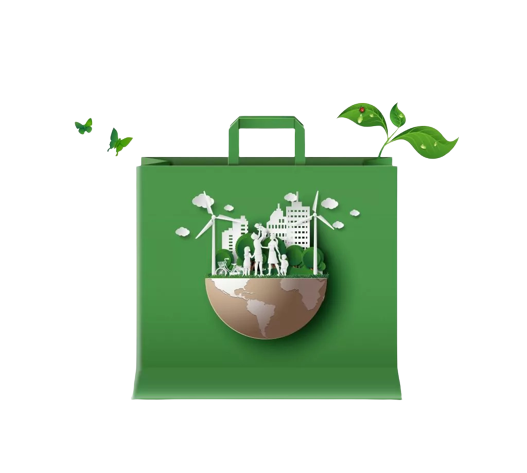Introduction
- Brief overview of the global plastic waste problem
- Importance of sustainable alternatives
- Role of biodegradable plastic bags in mitigating environmental issues
What Are Biodegradable Plastic Bags?
Definition of Biodegradable Plastic Bags
- Explanation of biodegradable plastics: materials that decompose through microbial processes
- Differences between biodegradable, compostable, and conventional plastics
Key Environmental Benefits of Biodegradable Plastic Bags
- Reduction in Plastic Pollution
- Decomposes faster, minimizing waste accumulation
- Lower Carbon Footprint
- Made from renewable resources (e.g., plant starch)
- Requires less fossil fuel in production
- Less Harm to Wildlife and Marine Life
- Biodegradable materials pose fewer risks when disposed of in nature
- Improved Waste Management
- Easier to integrate into composting processes
How to Choose the Right Biodegradable Plastic Bag
- Understand Certification Standards
- Look for standards like ASTM D6400, EN 13432
- Know the Application
- Bags for packaging, retail, food waste collection, etc.
- Evaluate the Material Composition
- Are they plant-based or petroleum-based?
- Check the Breakdown Conditions
- Some require industrial composting, while others degrade naturally
Conclusion
- Recap of the environmental impact of switching to biodegradable plastic bags
- Encouragement for consumers and businesses to adopt eco-friendly packaging solutions
- Future outlook: Role of biodegradable bags in achieving a sustainable future

